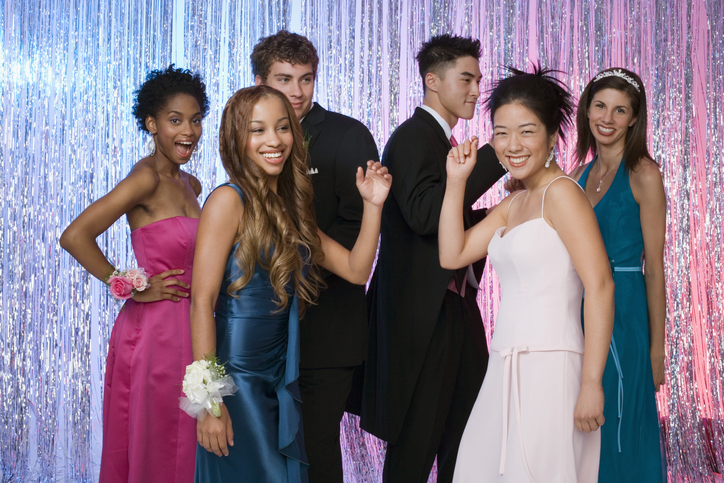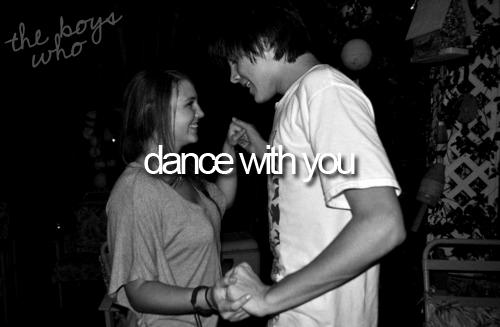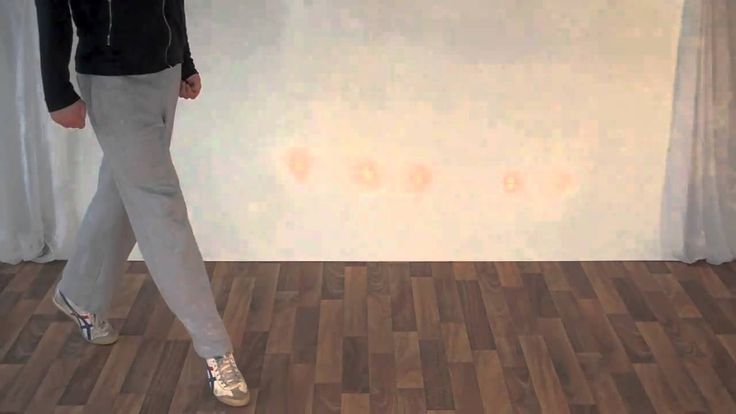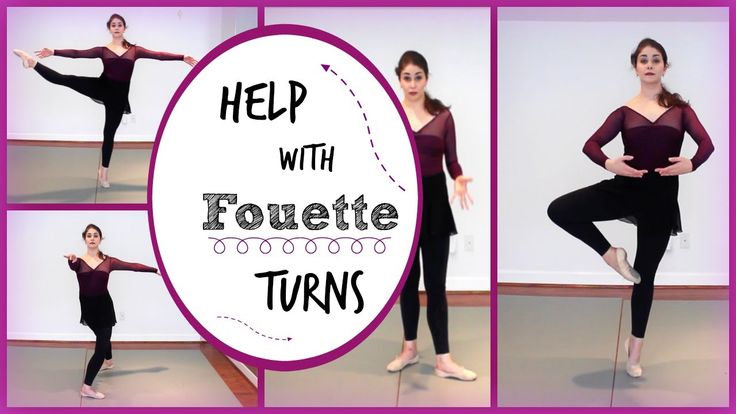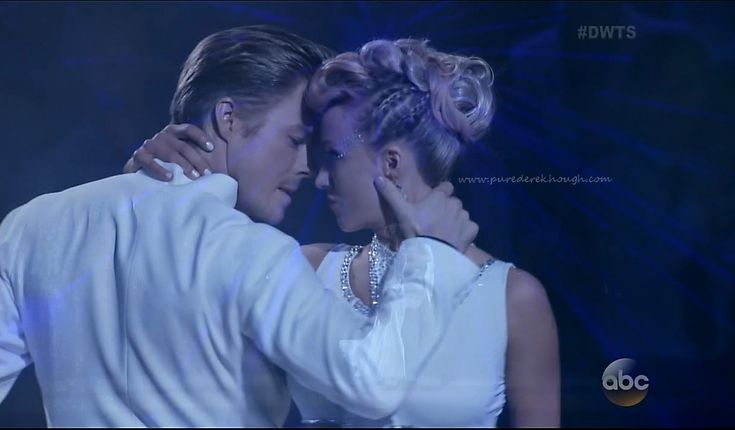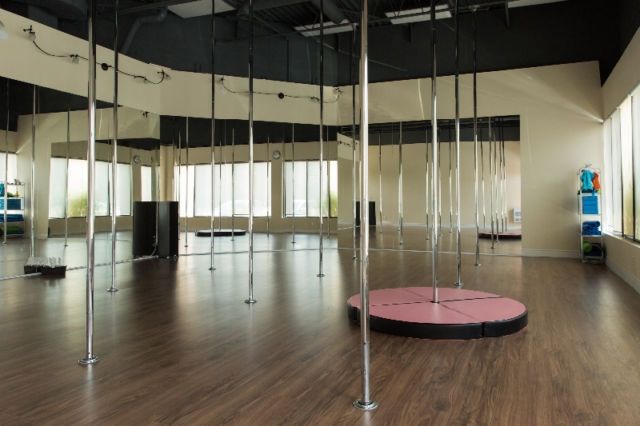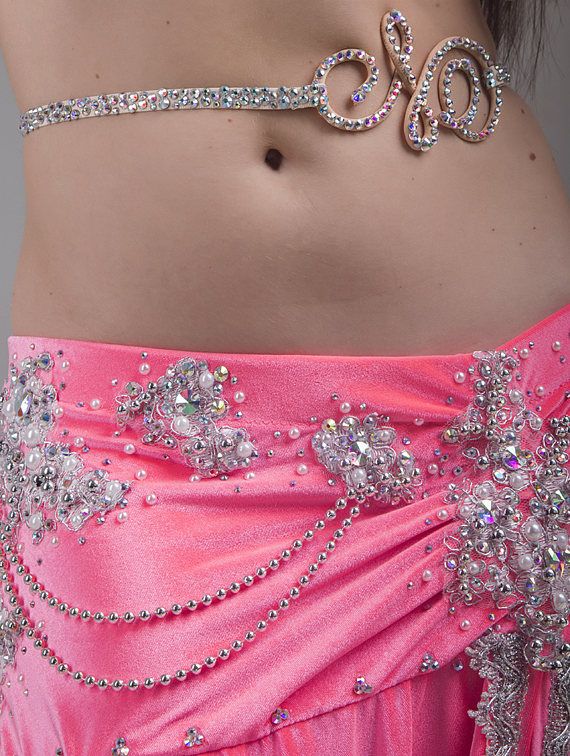How dance changed my life
How dance has influenced and changed my life
Dance is something that children learn before verbal language. Instead of words, movement evokes their emotions and thoughts. As their movement becomes more purposeful and done with awareness it becomes dance.
Children pick up things from their surroundings whether it be words or movement patterns. All cultures create forms of visual arts, turn sounds into music as well as movements into dance. All of the arts are a part of our culture yet our educational systems include drawing, instrumental music and singing – but dance is often left out.
I started dancing when I was two and a half and now have dance as one of my two majors. Dance has always been a part of my life and a part of who I am.
Dance provides us with many benefits and it is sad that schools, such as my own elementary, middle and high school, do not have dance programs. I am also a music buff so I was always involved in the arts during school but I find it strange that dance is always omitted in most education programs.
The reasoning I get when I asked my teachers from my preL through 12 years why dance is not in our education programs is that dance is less important and would not help students in any way now or their future. This appalls me because they are basically saying my passion will not help me or get me anywhere. I often get the phrases when I tell people my majors, “you are not going to get very far,” “what are you even going to do with that” or my favorite: “you need to marry rich then.” There is a stereotype that dance is only for size zero girls who dance pointe (ballet) and men are often excluded when dance is brought up thus it is not needed in our education programs because a majority of the students would not become professional dancers.
I understand this point of view but dance is fun, can be used for social issues, and helps in developing a growing child. A majority of those who play an instrument, draw or sing during school do not become professionals yet we still have these in our education programs so why is dance being left out?
Dance has various benefits that should be taken advantage of by schools. According to Advancing Dance Education in the Arts (ADEA), dance helps children/young adults mature physically, emotionally, socially and cognitively.
According to Advancing Dance Education in the Arts (ADEA), dance helps children/young adults mature physically, emotionally, socially and cognitively.
Physical development increases because dance involves a greater range of motion, coordination, strength and endurance than most other physical activities. Dance utilizes the entire body and is an excellent form of exercise for total body fitness. For me dance is also a way to stay fit without having to run miles upon miles. I still go to the gym but dance makes working out so much more fun.
Dance allows for us to express our emotions and increase our awareness of ourselves and others through creative movement thus increasing our emotional maturity. Movement within a class setting is structured but also allows for an emotional and physical release. I crave dance classes around final exam week or back when EOG’s, SAT, and college admission occurred. I could just take an hour out of my day and completely focus on something other than stress and come out refreshed and ready to get to work. School is stressful so why not create a way to educate and release stress at the same time, in my opinion learning comes a lot easier when you are less stressed out.
School is stressful so why not create a way to educate and release stress at the same time, in my opinion learning comes a lot easier when you are less stressed out.
Social awareness is also encouraged by dance. It allows for social encounters, interactions and cooperation. Dance also allows for everlasting friendships. Through movement we learn to communicate ideas to others and learn how to work within a group dynamic. Personally, I hate group projects for classes but for dance I have yet to have a time where someone did not give their all or not give input. The atmosphere allows for more cooperation and helps you learn how to work better in non-movement classes as well.
On a cognitive level dance helps us function in and understand the world. Movement provides the cognitive repetition between idea, problem, or intent and the outcome or solution. This idea has just recently begun to be explored.
Dance can provide a lot to education and should be included in education programs. No Child Left Behind reaffirms the arts as a “core academic subject” that all schools should teach basically putting it on the same level as core subjects; however, funding is still not what it should be because schools cannot afford to add dance into their educational programs.
No Child Left Behind reaffirms the arts as a “core academic subject” that all schools should teach basically putting it on the same level as core subjects; however, funding is still not what it should be because schools cannot afford to add dance into their educational programs.
I may be biased because of my background with dance but I still believe that it is important and should not be left out with arts education. Dance helps physically, mentally and emotionally while allowing you to have fun and enjoy being in the moment.
How Dancing Changed My Mental And Physical Health
Humans have engaged in dance for thousands of years across the entire world to tell stories, show their cultural heritage or religious beliefs and explore emotions. There is no doubt that dance helps us express creative expression and an entire range of feelings from sadness and grief to happiness, love and joy--no matter what style of dance it is. Even if you are not a dancer, most people feel energized after ‘letting loose’ and moving the body to music, even if you have two left feet!
Dancing in specific has profound effects on the body and brain from a neuroscience perspective.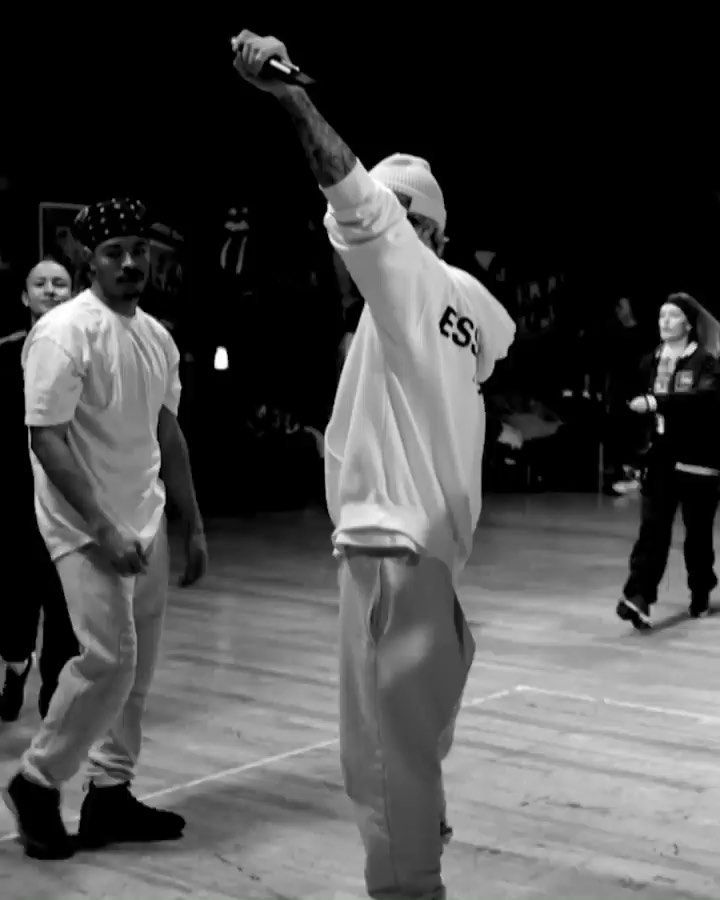 The effects of dance are quite unique when compared to other forms of generic body movement. Recent studies have shown that dance training induces brain plasticity better than repetitive exercise, likely because dancing is not only physically demanding but cognitively demanding.1
The effects of dance are quite unique when compared to other forms of generic body movement. Recent studies have shown that dance training induces brain plasticity better than repetitive exercise, likely because dancing is not only physically demanding but cognitively demanding.1
I believe it is important for everyone to incorporate some form of dance into their life. It doesn’t matter if you are old or young, experienced or inexperienced, able or disabled. Anyone can move to the sound of music--even if the movement is minimal. Science is clearly telling us that dancing is good for us, so why not do more of it?
Dancing My Way To Balance
As we start 2020, I’d like to share my personal journey with dance and hopefully inspire you to consider this form of self-expression and body movement.
Despite being South American and having somewhat of a natural affinity with dance, I have never been formally trained as a dancer. I never went to a ballet, hip-hop or jazz class as a child.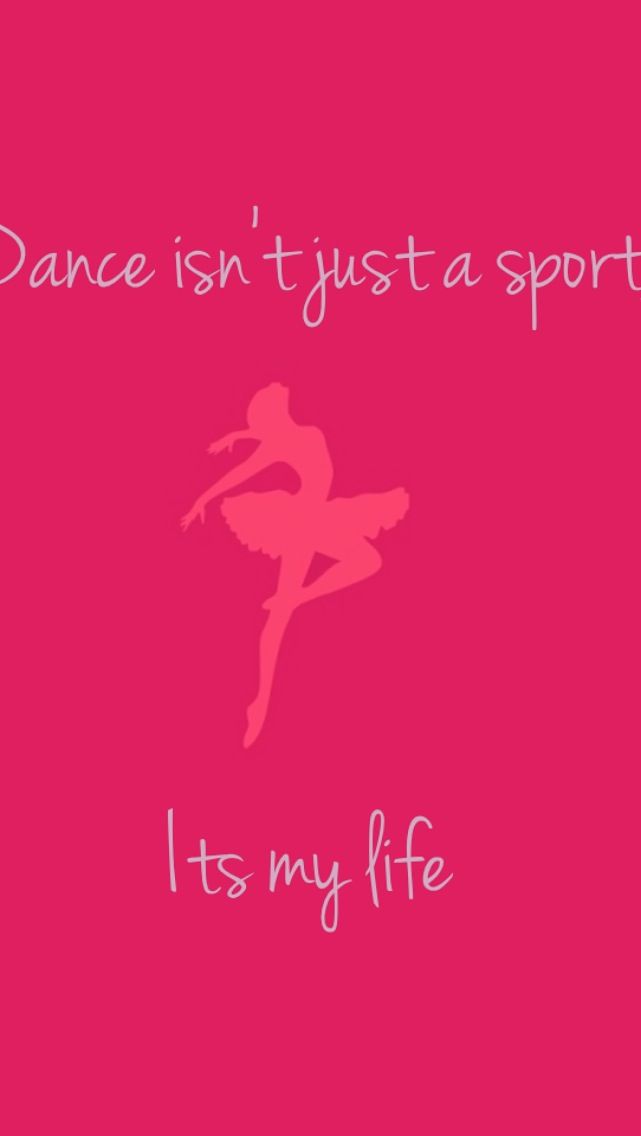 In fact, as a young teen, I used to be incredibly embarrassed to move my body, to the point of me refusing to dance at family events! Although my coordination and technique have drastically improved over the last 5 years, there are plenty of days that I still feel awkward when I am learning a new move.
In fact, as a young teen, I used to be incredibly embarrassed to move my body, to the point of me refusing to dance at family events! Although my coordination and technique have drastically improved over the last 5 years, there are plenty of days that I still feel awkward when I am learning a new move.
My dance journey started in 2015 when I went to my first class of Brazilian Samba and Reggaeton (a fusion of Reggae, Dancehall, Latin, Caribbean and Hip-Hop dance styles) and I never looked back! In the beginning, I was VERY self-conscious. I could not get the steps at all and it took me quite a long time to feel confident when I danced.
There were so many times I could have quit because I wasn't getting it, and I felt silly trying to do these movements. So, every time I did a class, I told myself one day it would click. And that is the lesson; with ANY activity, the more you practise the better you will be at it. Consistency, time, hard work and patience is what it takes. Athletes, including dancers, train for hours and hours, so how could I expect to just ‘get it’ from one day to the next? Even though it was difficult, I persisted.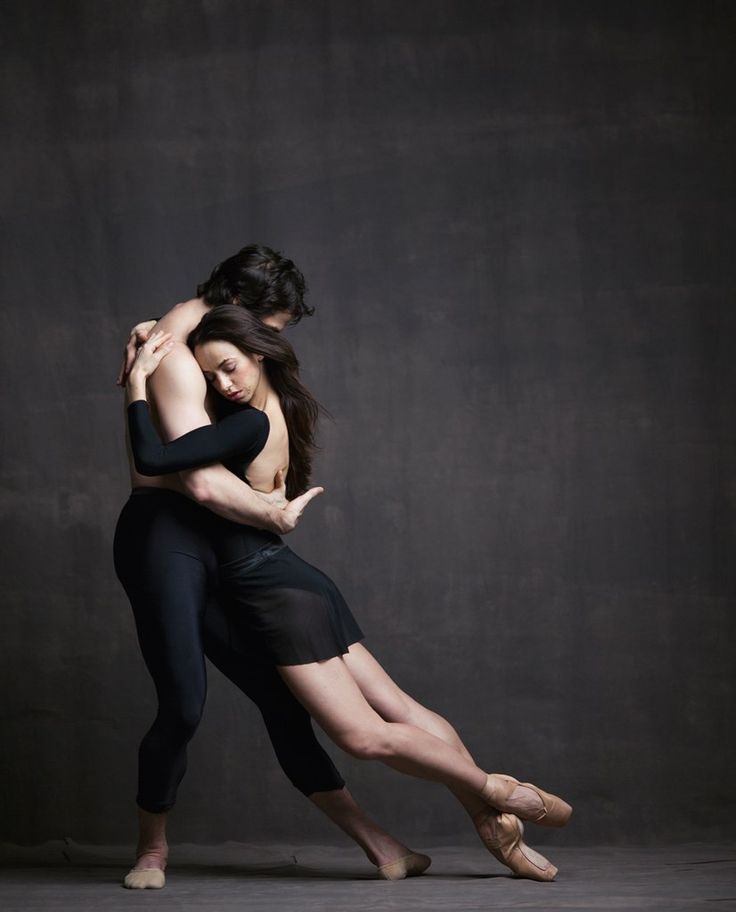
One of the key things that kept me coming back, despite being frustrated with my lack of coordination and timing, was how happy I felt after moving my body to music. Science has shown we release dopamine when we listen to music, and music may also have had a purpose in the distant past as a driving force in our evolution, improving our fitness and promoting social bonding.2
Even without formal training or many years of practise, music has a profound impact on our emotional and mental states, and these moments allow us to integrate with different cultures, ideas and backgrounds. Music and dance unites us all, no matter our past.
During each class, I would stare in the mirror and initially negatively judge myself. However, I quickly started to realise I had no choice but to let go of my ‘perfectionism’ and just do the movements anyway, even knowing I didn’t look as ‘good’ as the person next to me. I had to let go of my embarrassment and just go with it.
After all, I was doing this for me - to feel that energy flow in my body, release my mind and enjoy the music. To feel positivity, not negativity. Instead of comparing myself to others and feeling like I would never be able to reach their level, I changed my thinking, reframed it and instead started to see the dancers around me as inspiration.
To feel positivity, not negativity. Instead of comparing myself to others and feeling like I would never be able to reach their level, I changed my thinking, reframed it and instead started to see the dancers around me as inspiration.
Dancing gave me so much bliss and joy after sitting in front of the computer all day working. At the time, I was struggling with depression and anxiety, and I knew this activity made me feel better. So, I kept at it.
After every class, I reminded myself of the reasons why I needed to come back. I told my family to remind me how happy dancing made me feel. I literally had to put aside all my shame and self-criticism and just keep going. Otherwise, any excuse would have sufficed for me not to turn up to class. I pushed away the negative thoughts and focused on the feeling of flow and happiness which I had previously felt in class the week prior. This is what kept me in the game.
An Injury Stops Me In My Tracks
About one year into my dance journey, I hurt my back and I, unfortunately, had to take a two-year break. During this period my depression came back, and I felt quite unhappy with many things in my life. Having excruciating sciatic pain daily didn’t help! It was incredibly debilitating, and I thought I would never be able to dance again. My new reality threw me into a pretty bleak hole.
During this period my depression came back, and I felt quite unhappy with many things in my life. Having excruciating sciatic pain daily didn’t help! It was incredibly debilitating, and I thought I would never be able to dance again. My new reality threw me into a pretty bleak hole.
I got to the point where I needed to sort out my injury, as it was affecting not only my physical ability but also my mental state. This is when I found the amazing Gus Rickard, a functional and holistic personal trainer who helped me rehabilitate and heal my back, not only from a physical but also a psychological perspective.
He also helped me reduce the inflammation in my body with a very effective protocol to improve my gut health. You can learn more about how gut health affects our cognition by watching our award-winning documentary, Make Me A Leader.
In the film, Dr Emeran Mayer speaks about the interaction between the gut and the brain, and how even mild levels of stress can impact our physical, mental and emotional health.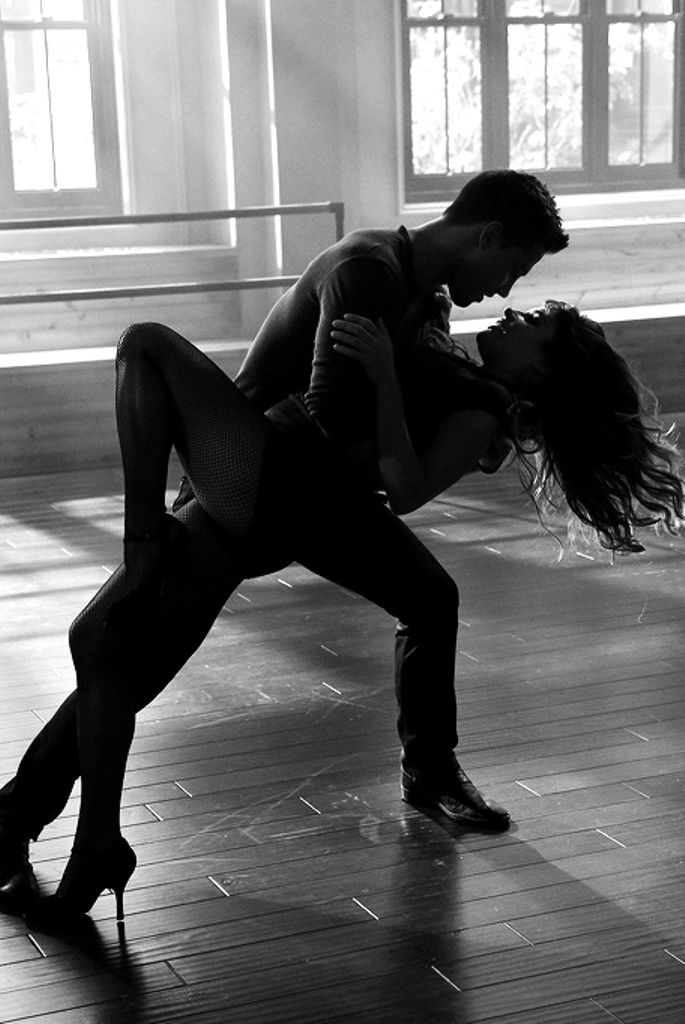 3
3
Together with the rehabilitation that Gus provided, I visited physiotherapists, chiros, osteopaths, kinesiologists and spine specialists. I didn't want to resort to surgery, so I tried everything else first. I changed my food choices, put measures in place to reduce my stress, reduced my work hours, meditated, used a standing desk, did cryotherapy, acupuncture, Chinese medicine, explored emotional release massages and did breathwork therapy to change my thinking around the pain.
After months of holistic health changes, the pain one day slowly started to subside. I also learnt how to mentally disassociate from the pain which had held me captive all those months. I'm not sure what helped the most, but I believe the combination of everything I tried helped alleviate my stress, allowing me to heal. Although my pain had dissipated and I felt better physically, there was still something missing in my life.
Dance helps manage mood disorders, including depression.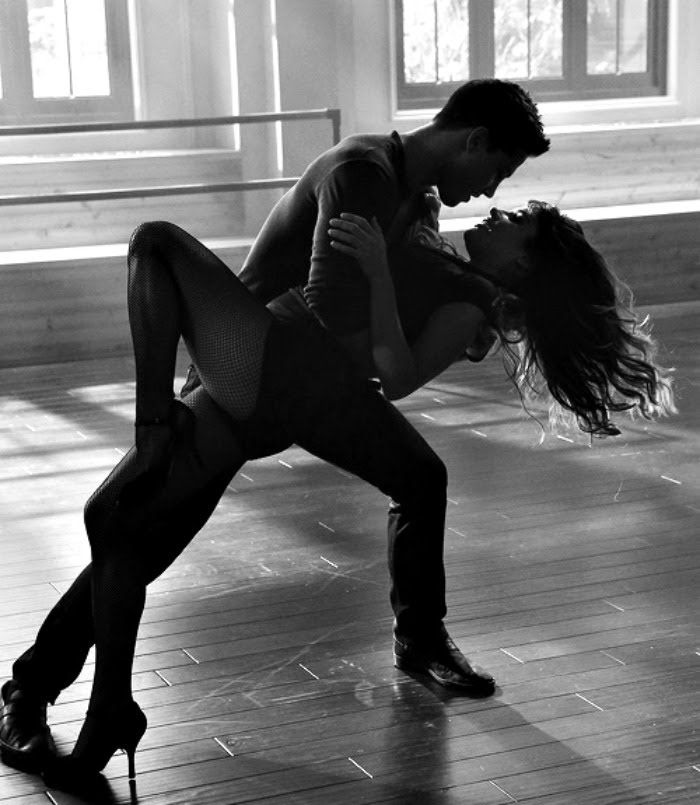 In a recent study, scientists compared the brains of dancers as they watched a recorded dance performance compared to non-dancers who viewed the same piece. The dancers’ brains reacted much faster to changes in music compared to the non-dancers, and the dancers’ minds displayed increased synchronisation of theta frequencies.
In a recent study, scientists compared the brains of dancers as they watched a recorded dance performance compared to non-dancers who viewed the same piece. The dancers’ brains reacted much faster to changes in music compared to the non-dancers, and the dancers’ minds displayed increased synchronisation of theta frequencies.
Theta brainwaves are typically present when we sleep and during meditation. This research essentially discovered that we might be able to measure the effectiveness of dance therapy to help manage a wide spectrum of conditions, including autism, dementia and mood disorders.4
At the beginning of 2018, I remembered how happy dancing made me feel and I realised I needed to come back to train at my studio, Latin Dance Australia. So I did! I also joined a community-based and not for profit Samba School, Unidos De Sydney.
I started slow and steady, avoiding major movements that would put pressure on my back. With the knowledge I gained from working with Gus for those 2 years, I was able to safely get back to dancing again. At first, I still felt some residual pain, but as the months went by and my stress reduced, the pain went away completely. Most importantly, I was happy again.
At first, I still felt some residual pain, but as the months went by and my stress reduced, the pain went away completely. Most importantly, I was happy again.
In 2019, after a year of committing to regular classes, I decided to plunge myself into competing in my chosen style--Brazilian samba. I became involved in all this because I wanted to experience what it would be like to train like a professional dancer. I also decided that I wanted to have a goal, so I could focus and work towards something tangible.
I set myself a training schedule and I had an encouraging and wonderful coach. I was part of two great teams and I was disciplined in attending as many classes and training sessions as I could. I worked hard and my motivations allowed me not to quit. My goal at the time was to simply become a better dancer, increase my stamina, fitness, be more coordinated and graceful. But I gained so much more than just this.
There are short-cuts to happiness,
and dancing is one of them.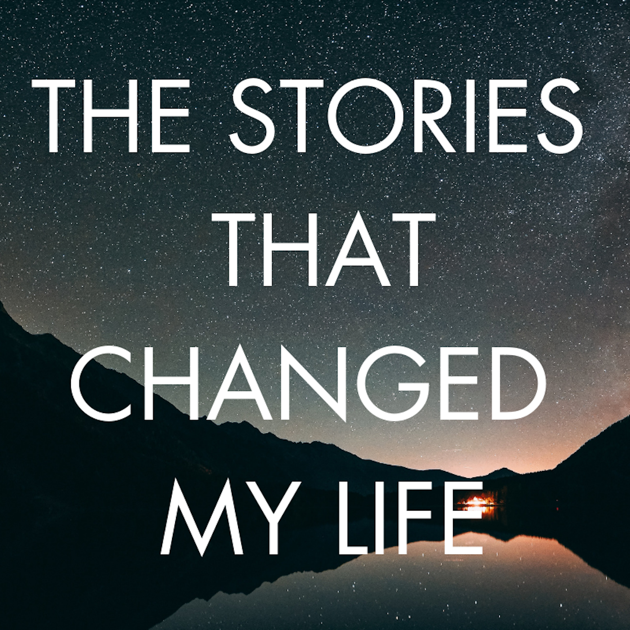
Vicki Baum
The Benefits Of Dance
Dance is now a big part of my life. As I look back at all I have achieved in the last 2 years, I am delighted at the journey I have undertaken. The work I did with Gus Rickard followed by immersing myself in Brazilian Samba (and a couple of other styles I have been doing such as Afro, Kizomba and Reggaeton) has changed my life.
- I have been able to lose 20 kilos! Together with a good diet and regular sleep.
- Increase muscle definition and strength without having to spend hours at the gym
- Transform and shape my body
- Reduce my waist size and strengthen my core
As well as:
- Dramatically increase my stamina, endurance and cardio
- Become more flexible, my posture has improved and back pain has reduced
- Improve my coordination, balance and stability
- Access flow state by doing a mindful body practise
- Become more coordinated, I now have greater body awareness
- Rediscover my love and connection to music
- Have a greater sense of wellbeing and mental balance
- Expand my social circle with like-minded humans and develop close friendships
- Increase confidence in myself and my body
- Feel more excitement and joy
- Tap into my creativity and imagination
- Laugh at myself when I make mistakes
- Feel more connected to my intuition and the world around me
- Drastically reduce my anxiety
Check out this article that lists over 50 benefits of dance according to science.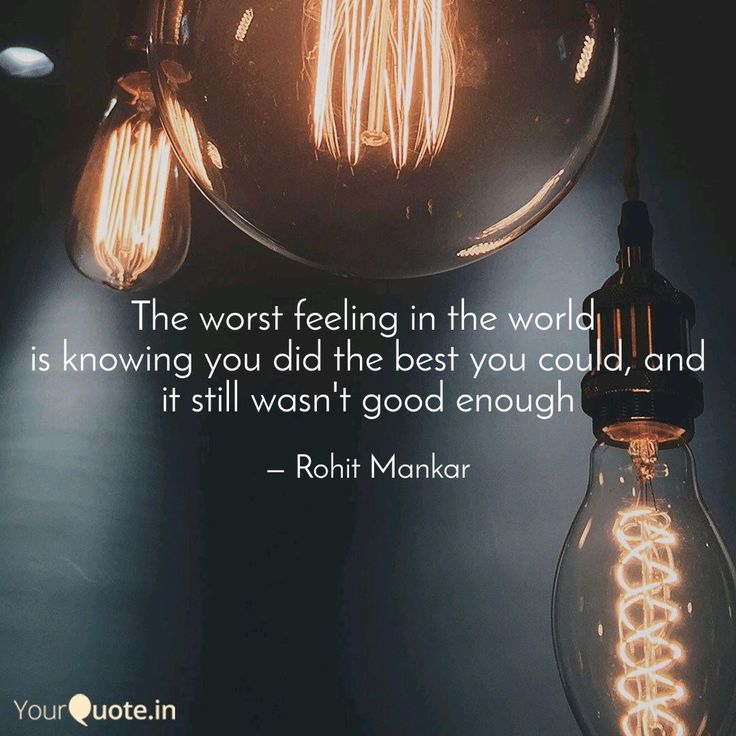 I can personally say I have experienced almost all of these benefits.
I can personally say I have experienced almost all of these benefits.
Exercise of any kind is arguably good for our bodies and minds and dance has been found to help boost mood and manage anxiety. In one study, researchers asked patients with anxiety disorders to take a modern-dance class. Can you guess the outcome? These patients experienced significantly less anxiety.5
With the help of the supportive dance communities I am a part of, my awesome teammates, various teachers as well as my incredible samba coach Debralee Scarsalletta, who was instrumental for the development of my dance abilities and overall confidence, I essentially became an amateur samba performer at the age of 30 in just 2 years. This is something that in 2015 I thought was completely unattainable, especially coming back from a pretty bleak back injury.
Last year in May, I won 3rd prize in my first ever solo samba competition at the Australian Dance Cup and then placed 1st with my team at the World Salsa Solo in December 2019. I have also paraded and performed in multiple community events and shows around Australia, which has been a very rewarding experience.
I have also paraded and performed in multiple community events and shows around Australia, which has been a very rewarding experience.
Performing or competing in front of a crowd was definitely not on my top 10 things to do. In fact, the first time I did it I almost had a nervous breakdown! But now I love it, and thanks to neuroplasticity, my body and mind have changed!
The energy I get when I perform for someone with the intention of bringing them joy and sharing my artistic expression is almost indescribable, even if I still make mistakes while performing.
Dance moves, especially those which are choreographed, are incredibly deliberate. The confidence I gain when I realise I know the moves, I know what my body should do, and I know my brain will support me is amazing. When I learn new choreography now, I am so much quicker in picking up the moves that I surprise myself! And it doesn’t stop with dance, this has translated into me feeling more confident in my decisions at work and in life, and being more comfortable in my own skin.
In a recent study I read, I learnt that expert dancers had increased functional connectivity in cortico-basal ganglia motor learning loops compared to people without training. These ganglia loops are critical for dancers because they help control movement and posture.
Dancers also had increased functional connectivity between several other parts of the brain, including the bilateral putamen and the middle cingulate cortex.6 When we dance, we can change the structure of the brain, improving integration as the brain learns and creates new pathways, which in turn makes us more agile and adaptable.
Everything In Moderation, But Dance Is Worth A Go
You do not need to go all out as I did. You do not need to perform or compete if that is not what you want. You can simply do 1 or 2 classes per week and enjoy the bliss and flow that I have experienced when my body became used to the movement.
You also do not need to take classes or improve technique if you don't want to, you can simply dance for the sake of dancing! There are so many groups who just dance at the beach, parks, bars or weekly events - just join in on the fun.
However, if you feel that you are in need of a goal, I do encourage you to join classes or a choreography group. The feeling you get when you learn something for a purpose and then perform it is quite exhilarating and rewarding. Amongst many benefits, it gives you focus and discipline, pushing you to learn something new.
Either way, any type of dancing will help shift your energy, it will give you confidence, and most importantly it will change your brain and body for the better - I guarantee it. There is something primal about moving our body to music; it is grounding, connecting and freeing. When you are truly able to let all your inhibitions go, you will feel a huge release of tension.
When we listen to music as we dance, there are so many incredible things happening within our heads. The amygdala gears up, causing goosebumps when we hear creepy music and exhilaration when we hear a fast beat. The nucleus accumbens keeps us coming back for more, as music causes the release of dopamine in this structure. Music could help keep the hippocampus healthy by producing new neurons and helping to improve our memory. The corpus callosum helps us coordinate body movement from both sides of our body, allowing us to move in sync to the music.7
Music could help keep the hippocampus healthy by producing new neurons and helping to improve our memory. The corpus callosum helps us coordinate body movement from both sides of our body, allowing us to move in sync to the music.7
I hope my story has motivated you to dip your toes into the dance world. I can truly see and feel the benefits it brings in terms of body, mind and brain integration. You can experience these benefits as well, even if you just do it once a week to complement another form of exercise.
Some styles you could try are salsa, bachata, zouk, kizomba, semba, belly dancing, Brazilian samba, capoeira, Brazilian funk, Zumba, hip-hop, Afro or various African dance styles, reggaeton, twerking, heels class, dancehall, jive, tap, jazz, flamenco, swing, pole dancing, burlesque, ballroom, tango, 5rhythms, kundalini dance and Bollywood. There are countless forms of dance, both partnered and solo styles!
If you are unsure of where to start, give all of them a go! Do one style of dance per week until you find the one you love the most. You have nothing to lose by exploring them all. That is what I did. And remember, give your brain and body time to rewire itself. Don’t be too harsh on yourself, as the process of learning and integrating foreign movements takes time.
You have nothing to lose by exploring them all. That is what I did. And remember, give your brain and body time to rewire itself. Don’t be too harsh on yourself, as the process of learning and integrating foreign movements takes time.
It may feel SUPER awkward at first (especially if you are not comfortable dancing), but after 4 or 5 weeks, you’ll slowly get the swing of it! Keep it consistent, and in no time you’ll be busting out moves at the next party you attend.
We’ve only touched on the science of what makes dancing so wonderful for our emotional, physical and mental health. Stay tuned for more as I really dig deep into the research and neuroscience of dancing, and how dancing can have a tremendous impact on all aspects of your life, including your leadership abilities. Subscribe to our blog here to receive updates.
Citations:
1. Rehfeld K, Lüders A, Hökelmann A, et al. Dance training is superior to repetitive physical exercise in inducing brain plasticity in the elderly. PLoS One 2018; 13: e0196636.
PLoS One 2018; 13: e0196636.
2. Bushak L. This Is Your Brain On Music: How Our Brains Process Melodies That Pull On Our Heartstrings. Medical Daily, (2014, accessed 23 January 2020).
3. Damiano S. 7 Wellbeing Strategies for Optimal Brain & Body Performance.
4. University of Helsinki. Dancer’s brains react quickly to changes in music: Dancers' brain functions also display brain frequencies linked to emotion and memory processes. Science Daily, 2018, (2018, accessed 23 January 2020).
4. Devereaux C. Why Should We Dance? Psychology Today, 2013, (2013, accessed 23 January 2020).
5. Burzynska AZ, Finc K, Taylor BK, et al. The Dancing Brain: Structural and Functional Signatures of Expert Dance Training. Front Hum Neurosci 2017; 11: 566.
7. Music and the Brain: What Happens When You’re Listening to Music. Pegasus Magazine, (accessed 23 January 2020).
Time to dance or "How to fall in love again"
Experiments in life are great energizing and help make life brighter, fill it, reconsider your values, see everything from a different perspective or start living anew. One of these experiments happened to me, and now a month later I want to share my thoughts and tell you how dancing has changed my life.
One of these experiments happened to me, and now a month later I want to share my thoughts and tell you how dancing has changed my life.
To begin with, before this spontaneous experiment, I had been in a state of decent apathy and depression for a month. I escaped from it thanks to dancing in just one day. Of course, not everything is so bad, I am a happy and contented person, but certain circumstances plunged me into this bad negative state, and most of all I, perhaps, needed just such an emotional outburst.
No, I don’t want to say at all that I had a bad life before dancing (if you don’t take into account a number of health-related factors), you just know that feeling when everything in life seems to be fine, but some kind of details? Small, but thanks to which the puzzle will be formed? That is exactly what happened to me. And for a long time I did not understand what was the matter. Until I started dancing. So what's different, you ask?
Let's start with something simple and clear - emotions.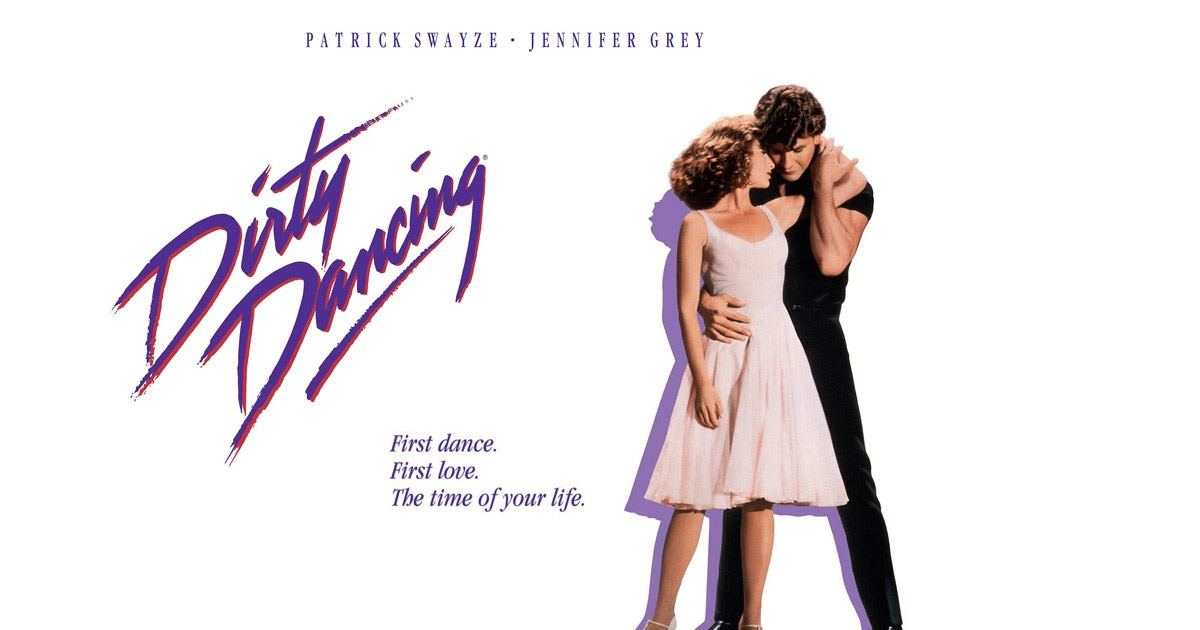
So, first of all, I am often told that my eyes are shining. It seems to me that I am shining all over. Of course, my eyes were not sad before, but home life, problems with hormones, weight, the routine of everyday life “put out” me a little, a person for whom it is extremely important to feel emotion, change, move and be inspired. And dancing brought colors to my life, added zest, pulled me out of my comfort zone, forced me to open my eyes, like after sleep. Of course, I shone again, and those close to me could not fail to catch this radiance!
Secondly, I became softer, more supple, even my gait changed — I became feminine, crouching. When I'm busy cooking, my legs dance on their own, and my husband now often sits next to me in the kitchen and stares at the movements of my hips and, to be honest, my ass. And I like this viscous femininity and sexuality, which suddenly I was born. I like to feel my body in a new way and enjoy the effect it has on my husband.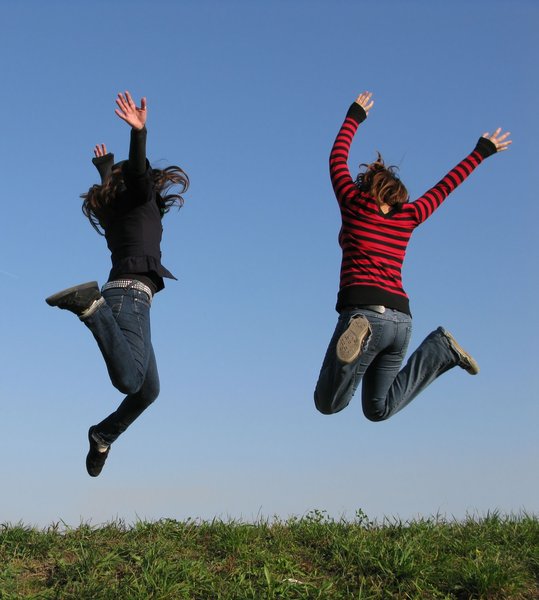 I'll tell you a secret, sometimes it even seems to me that we fell in love with each other again!
I'll tell you a secret, sometimes it even seems to me that we fell in love with each other again!
Third, I came into my life. Not a wife, not a mother, but me. Dasha. Young woman. Woman. Full of emotions, self-confidence, desires and secrets. I have a place, a time, a moment where I can throw off all the roles and be just her - the one that lives inside, which is inaccessible to anyone, only to me and the dance. And this gives an unimaginable feeling of fullness of my whole life, all of me. This is happiness to throw off all roles, all shackles, all masks and overlays, this is the joy of being that secret Dasha, which I am only alone with myself.
Fourthly, to be honest… dancing gave me the feeling of falling in love. Such, you know ... long forgotten ... When you just fall in love with someone, when you run headlong towards him, when you talk for hours about nothing and everything at once, when your eyes burn, when your heart beats in a bewitching rhythm, when the world around is brighter and more beautiful when, remembering the meeting, you walk down the street with such a mysterious smile and demons in your eyes. Only this love is not in a person ... it is in the process, in that feeling, sensation that dance gives. Although, I will not hide, it is very easy to confuse and do stupid things. When emotions take over, sometimes it’s hard to deal with them yourself, to understand what or who is the reason for them. Therefore, it is extremely important to find the right coach who you can trust, with whom it will be comfortable not only to dance, but also to speak openly. For example, I am extremely glad that I have found someone who dances amazingly, really knows how to teach, and with whom it is easy to get out of the comfort zone, experience something new, unusual, and then discuss it. It was such a frank conversation at one of the first workouts that helped me relax and start getting a huge buzz from everything that happens in the gym.
Only this love is not in a person ... it is in the process, in that feeling, sensation that dance gives. Although, I will not hide, it is very easy to confuse and do stupid things. When emotions take over, sometimes it’s hard to deal with them yourself, to understand what or who is the reason for them. Therefore, it is extremely important to find the right coach who you can trust, with whom it will be comfortable not only to dance, but also to speak openly. For example, I am extremely glad that I have found someone who dances amazingly, really knows how to teach, and with whom it is easy to get out of the comfort zone, experience something new, unusual, and then discuss it. It was such a frank conversation at one of the first workouts that helped me relax and start getting a huge buzz from everything that happens in the gym.
And crazy things happen. To begin with, all these social dances - you know, right? - it's almost sex on the floor. It's incredibly sensual energy.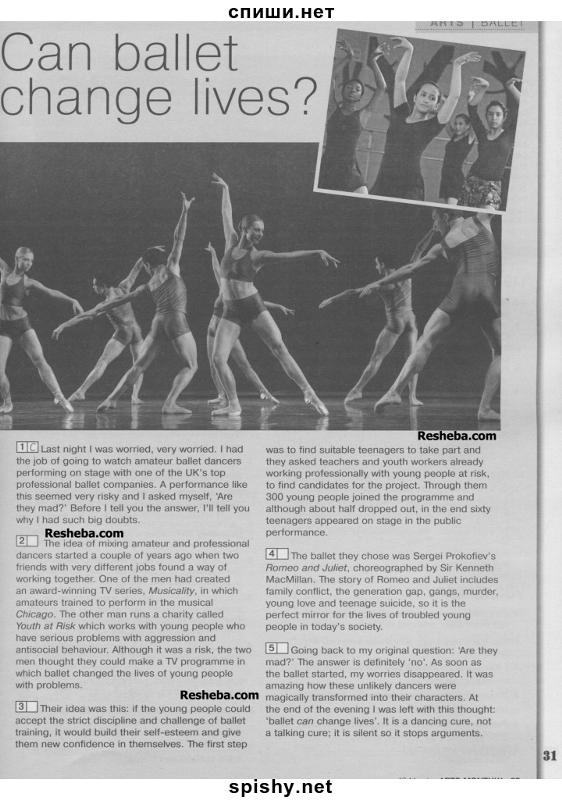 It is the intensity of passions and the fusion of music, movements and bodies. Exciting, frankly, sensations. And the most interesting thing is complete trust and submission to a partner, when all your cells, each of them, are tuned to him, and a slight push, touch, the slightest impulse is enough, how your body responds with movement, step, bend, turn. Believe me, this is an unexpected experience for a person who is not used to being led, controlled. Especially when it comes to my body. And here I dissolve, I discover in myself a sensual pleasure from the fact that someone else can “play” with my body in this way. And all this in dance, in merging with music, rhythm. But only there, in training, in the gym. And nowhere else. And you know? It's great to know how supple, manageable, in the end, femininely weak and driven, I can be. Therefore, I leave the hall as an even stronger woman, a loving wife, a caring mother, secretly knowing that there is another Dasha, secret, only mine. And it's priceless.
It is the intensity of passions and the fusion of music, movements and bodies. Exciting, frankly, sensations. And the most interesting thing is complete trust and submission to a partner, when all your cells, each of them, are tuned to him, and a slight push, touch, the slightest impulse is enough, how your body responds with movement, step, bend, turn. Believe me, this is an unexpected experience for a person who is not used to being led, controlled. Especially when it comes to my body. And here I dissolve, I discover in myself a sensual pleasure from the fact that someone else can “play” with my body in this way. And all this in dance, in merging with music, rhythm. But only there, in training, in the gym. And nowhere else. And you know? It's great to know how supple, manageable, in the end, femininely weak and driven, I can be. Therefore, I leave the hall as an even stronger woman, a loving wife, a caring mother, secretly knowing that there is another Dasha, secret, only mine. And it's priceless.
Now let's leave emotions behind and talk seriously.
Dancing is an interesting psychological practice. And if you discard all the accompanying emotions, if you take from them only the most necessary, they are able to enrich life, fill it. Training helps me balance in critical or just nervous situations: no matter what happens, sometimes it’s enough to turn on your favorite track in the player and dance around the apartment or even on the street. Revealing myself in dance, I am nourished, inspired, and this gives me a great boost to realize my creative potential, pushes me to culinary experiments and helps me to better perform household chores. Throwing off all social roles during the dance, I rest, recuperate and come home to my son calm, with a replenished reserve of patience and understanding of his childhood whims and, at times, a very bad character.
Charged with emotions in the dance, I give them all to my family, husband, and our relationship takes on new colors, this helps to maintain passion in our couple. Thanks to dancing, I began to allow myself to be led not only in dancing, but also in life. Previously, when we walked holding hands, I always walked around the puddles, jumped over the pits, pulled my husband’s hand and this prevented both of us from walking. This is the simplest example, but it is typical for everything else. Something didn't allow me to "give contact" to his hand and allow myself to be led in the chosen direction, turn off the control and let his impulse control me. Now the situation has changed and, believe me, this is an amazing feeling and a completely new feeling of our relationship. And let it all start with a simple stepping over puddles, I'm sure that pleasant changes await our relationship soon. And not only them - all my life!
Thanks to dancing, I began to allow myself to be led not only in dancing, but also in life. Previously, when we walked holding hands, I always walked around the puddles, jumped over the pits, pulled my husband’s hand and this prevented both of us from walking. This is the simplest example, but it is typical for everything else. Something didn't allow me to "give contact" to his hand and allow myself to be led in the chosen direction, turn off the control and let his impulse control me. Now the situation has changed and, believe me, this is an amazing feeling and a completely new feeling of our relationship. And let it all start with a simple stepping over puddles, I'm sure that pleasant changes await our relationship soon. And not only them - all my life!
So I keep dancing. And I wish everyone to find such an occupation, such a puzzle that will put your life into a beautiful completed picture! And shine, my dears, because you are beautiful, and life is one!
Post scriptum:
Speaking so frankly about dance, I can't help but share a couple of important points.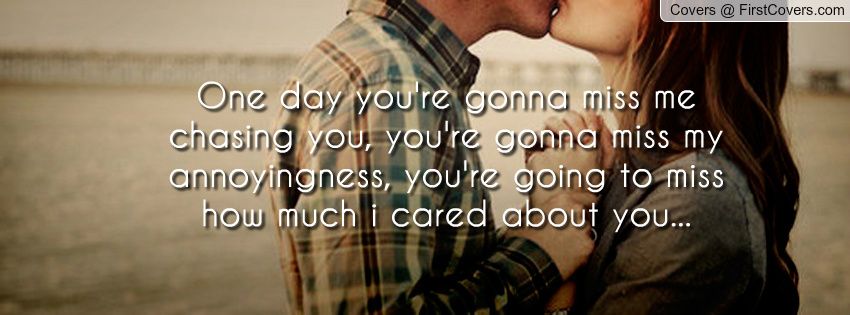 And the main one is the choice of a coach. It doesn’t matter how and what he dances, what matters is what kind of person he is, what principles and vision of dance he has. Social dances - bachata, salsa, kizomba, and we're talking about them - it's very sexy, sensual and close to the body. This is a constant contact with a partner, so you should be comfortable and easy to dance with a coach: you must trust him. To do this, talk before training about what you want, what is unacceptable for you (for example, touching your hair or dancing too close), discuss what exactly you want to work on and achieve. Ideally, if the coach gradually reduces the distance between you in the dance, so that he feels and understands your emotions, then the learning process and the dance itself will bring maximum positive emotions and the result will not be long in coming.
And the main one is the choice of a coach. It doesn’t matter how and what he dances, what matters is what kind of person he is, what principles and vision of dance he has. Social dances - bachata, salsa, kizomba, and we're talking about them - it's very sexy, sensual and close to the body. This is a constant contact with a partner, so you should be comfortable and easy to dance with a coach: you must trust him. To do this, talk before training about what you want, what is unacceptable for you (for example, touching your hair or dancing too close), discuss what exactly you want to work on and achieve. Ideally, if the coach gradually reduces the distance between you in the dance, so that he feels and understands your emotions, then the learning process and the dance itself will bring maximum positive emotions and the result will not be long in coming.
Equally important is how you see and feel yourself while dancing. Forget about stamps and special training clothes. You should like yourself in the mirror - wear your favorite jeans, a comfortable skirt, or even short denim shorts that you like yourself and you feel comfortable moving around. Remember: training is also a dance, and regardless of your dance level and experience, you always need to dance in a good mood and with the right emotions. Beautiful clothes only contribute to this!
Remember: training is also a dance, and regardless of your dance level and experience, you always need to dance in a good mood and with the right emotions. Beautiful clothes only contribute to this!
Don't expect quick results right away. Learning the steps is a simple matter, but your task (if you are dancing in a pair) is to learn to feel your partner, to understand the language of his conduct - what impulses he gives you, where and how he leads. Therefore, just relax and enjoy the process, believe me, then everything will work out by itself.
If you really want to learn how to dance, give preference to individual lessons. Dancing one on one is more difficult and emotional, but such training allows you to quickly achieve results and understand the dancing capabilities of your body. In addition, it is individual training that makes it possible to feel as great as I feel now!
SHARE
How dancing affects thinking, and thinking affects dancing - Monoclair
Headings : Latest articles, Psychology
Did you find something useful here? Help us stay free, independent and free with any donation:
Donate
We are accustomed to think of dance as either an aesthetic act, or a purely emotional activity, consisting of chaotic movements, or a kind of physical exercise that challenges the abilities of our body.
 However, Glory M. Liu, a researcher in the Department of Political Theory at Brown University, believes that dance is something more, it is a way to improve our ability to combine physical and mental intelligence and independent thinking, and our body is the most important tool with which we highlight the essence of things and we bring to life elusive and ephemeral ideas. We understand together with her why our experiments with our body can be much more useful than routine work and give us access to "achieving a sense of our being and satisfaction of the spirit."
However, Glory M. Liu, a researcher in the Department of Political Theory at Brown University, believes that dance is something more, it is a way to improve our ability to combine physical and mental intelligence and independent thinking, and our body is the most important tool with which we highlight the essence of things and we bring to life elusive and ephemeral ideas. We understand together with her why our experiments with our body can be much more useful than routine work and give us access to "achieving a sense of our being and satisfaction of the spirit." I am an eternal dancer and political theorist. “Working” and “thinking” for me, on the one hand, is a completely physical process, and on the other, a completely intellectual one.
For most of my career, dancing and research have been two distant but equally important areas. However, over the years I have become more and more aware that dancing for most people is seen as a not very significant way of mental activity and work.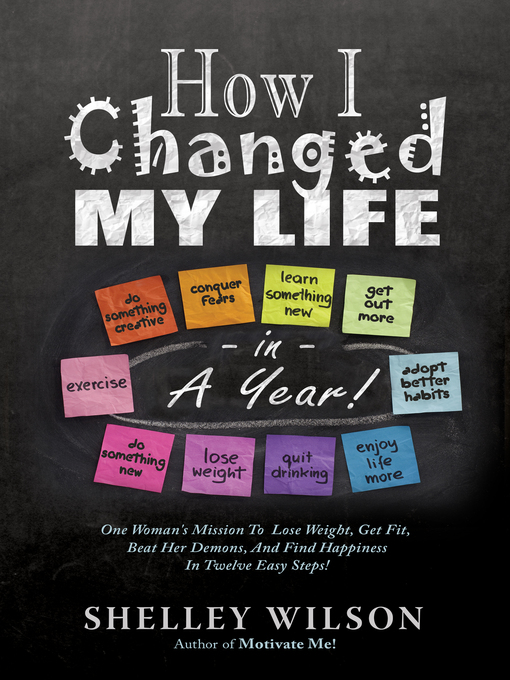 Dance, in their understanding, is a purely emotional activity, consisting of mindless, voluntary movements or purely athletic exercises, the sole purpose of which is to challenge the abilities of our body.
Dance, in their understanding, is a purely emotional activity, consisting of mindless, voluntary movements or purely athletic exercises, the sole purpose of which is to challenge the abilities of our body.
The main reasons why there is such an attitude towards dancing, in my opinion, are deeply rooted in our minds prejudices against the inner vocation. In his treatise "Politics" Aristotle depicts an ideal state in which mechanics, farmers, shopkeepers and others live banauson bion - a life of manual and "black" labor and do not have the full range of civil rights. Their daily routine leaves no time for leisure, but their work is necessary for those who take care of the deliberative processes in the city. In our time, we continue to distinguish similar groups, only at the lowest level of the hierarchy is "low-skilled" labor, and at the highest - "highly skilled". We are deeply mistaken when we argue that those who work with their hands are out of competition compared to those who work with their heads. And vice versa.
And vice versa.
Dancers stand on the threshold of this kind of belief. Our bodies are the most important tool with which we collect, isolate essence and bring to life elusive and ephemeral ideas. However, while doing all this, we also look like talented artists. And this definitely pumps up our ability to combine physical and mental intelligence, all this not only gives us the opportunity to stage and perform a dance, but also make it bright and filled with energy.
We dancers teach and learn, support everything related to physical expression . I, like many others, started dancing as a child, and quickly delved into the world of rules, clichés and habits. The left hand is on the barre before starting the movement and always turns towards the barre before changing sides. Stand in the fifth position, but first take the natural first. Forward-face-forward-backward. Elbows, wrists, fingers; heel, arch of the foot, toes. During training, you learn to distance your essence from your body, the physical shell.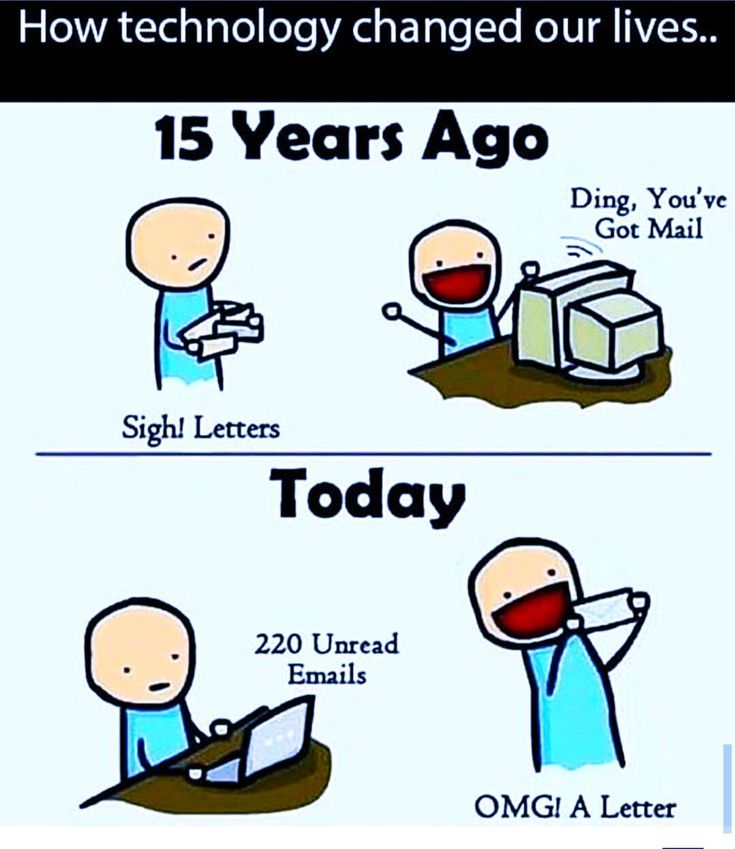 Focus your energy on the structure and aesthetics of the movements, whether you're staging classical ballet, modern dance, or whatever. However, to treat dance as a physical manifestation to which we subordinate our individuality means to be deeply mistaken. According to Teresa Ruth Howard, American choreographer and stage director, dance "romanticizes the dehumanization (dehumanization) of the body, treating it as a tool, clay from which you can mold anything" . This turns our physical bodies into mere tools for ideas, beliefs, manifestations from some external source - whether the technique comes from a teacher, choreographer, or your own idea. Where, then, does the dancer find space for freedom, for the manifestation of his individuality while engaging in this kind of physical practice?
Focus your energy on the structure and aesthetics of the movements, whether you're staging classical ballet, modern dance, or whatever. However, to treat dance as a physical manifestation to which we subordinate our individuality means to be deeply mistaken. According to Teresa Ruth Howard, American choreographer and stage director, dance "romanticizes the dehumanization (dehumanization) of the body, treating it as a tool, clay from which you can mold anything" . This turns our physical bodies into mere tools for ideas, beliefs, manifestations from some external source - whether the technique comes from a teacher, choreographer, or your own idea. Where, then, does the dancer find space for freedom, for the manifestation of his individuality while engaging in this kind of physical practice?
The practice of cultivating individuality and independence is incredibly important to our physical and moral sense of self. In terms of my dancing career, I learned to respect and appreciate these factors quite late, but relatively early in my work as a political theorist.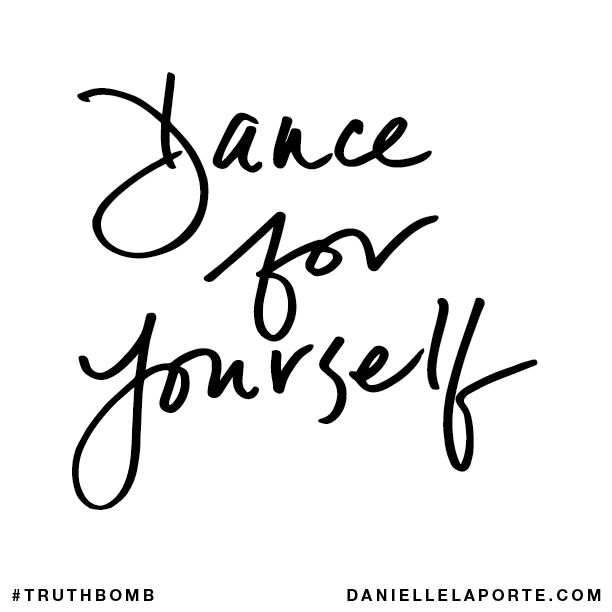 In 2013, I entered graduate school, but continued to dance and even participate in modern dance performances, despite the fact that previously I had been doing classical ballet for most of my practice. I received multiple injuries and underwent surgery. I began to worry that my body was past its peak, no longer capable of handling the demands of the arts, and that it was time to leave dancing and find something better. Luckily, one moment while training in ballet class changed my mind.
In 2013, I entered graduate school, but continued to dance and even participate in modern dance performances, despite the fact that previously I had been doing classical ballet for most of my practice. I received multiple injuries and underwent surgery. I began to worry that my body was past its peak, no longer capable of handling the demands of the arts, and that it was time to leave dancing and find something better. Luckily, one moment while training in ballet class changed my mind.
Muriel Maffre, former premier (leading soloist) of the San Francisco ballet, and at the time my teacher at Stanford University, drew our attention to combinations. “Dancers,” he said, “have a habit of breaking their habits. Show that your spirit is stronger than your body." There was only a short pause before the accompanist gave us four counts, and we started the combination batman-tandu again, but the words of the teacher sounded in my head and echoed in my body until the end of the lesson.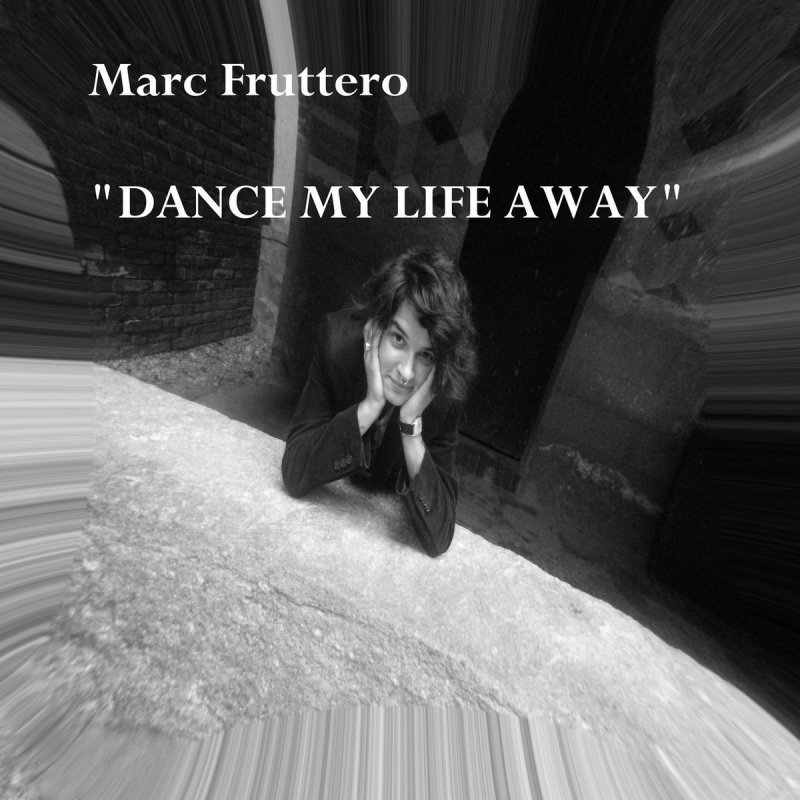 Until that day, I was convinced that dancing was about memorizing certain movements and forming certain habits, thanks to which I could perform all the previously learned movements on autopilot as soon as I crossed the threshold of a dance studio. But Maffre's guidance helped me to listen to common sense and begin to doubt, and even give up some habits, both physical and emotional, despite the fact that it once took me decades to develop them. I do not mean that immediately the ballet itself - in its organizations and combinations, dictionaries and grammar - turned upside down for me. On the contrary, it meant that even formal, purely technical elements should be filled with my energy, reflect my individuality.
Until that day, I was convinced that dancing was about memorizing certain movements and forming certain habits, thanks to which I could perform all the previously learned movements on autopilot as soon as I crossed the threshold of a dance studio. But Maffre's guidance helped me to listen to common sense and begin to doubt, and even give up some habits, both physical and emotional, despite the fact that it once took me decades to develop them. I do not mean that immediately the ballet itself - in its organizations and combinations, dictionaries and grammar - turned upside down for me. On the contrary, it meant that even formal, purely technical elements should be filled with my energy, reflect my individuality.
I carefully studied my movements - from high jumps to subtle gestures - and tried to understand their origin.
Overstretched porte de bras in arabesque - the iconic ballerina pose - stupefied me: it upset my balance, but I was convinced that it looked beautiful.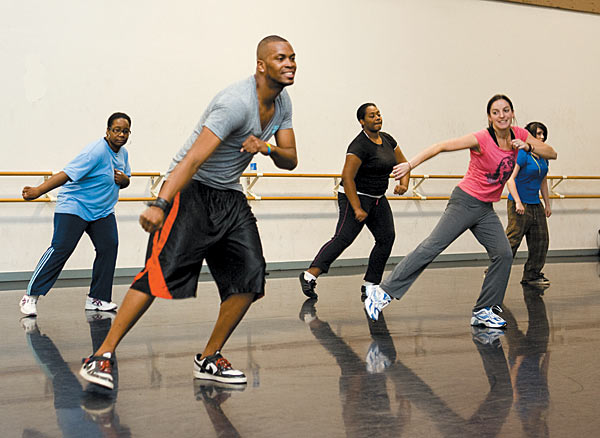 Where did the integrity of the element come from: from my chest, my standing leg, or my fingertips? Previously, things that manifested as muscle contractions, trembling, or involuntary movements were actually under my control, but they have a long history of origin, which I decided to study. I used to tense my toes unnecessarily, even when I didn't need to balance. I intentionally “dropped out” of the additional turn, although I would have had enough strength for one more rotation. I thought that the way I looked down was a stylistic device, in fact, at that moment I was following the movement of my legs. I began to look at the dance and relate to it differently, both to my own and to the performances of other artists. The most elementary movements, gestures and steps can convey an immensely wide range of textures, emotions, feelings. Tandyu (a kind of batman, in which the leg is alternately retracted back, to the side or forward, while the toes of the working leg are pointed to the floor), as I noted, it did not reflect the arch of my foot, but the resistance of the floor.
Where did the integrity of the element come from: from my chest, my standing leg, or my fingertips? Previously, things that manifested as muscle contractions, trembling, or involuntary movements were actually under my control, but they have a long history of origin, which I decided to study. I used to tense my toes unnecessarily, even when I didn't need to balance. I intentionally “dropped out” of the additional turn, although I would have had enough strength for one more rotation. I thought that the way I looked down was a stylistic device, in fact, at that moment I was following the movement of my legs. I began to look at the dance and relate to it differently, both to my own and to the performances of other artists. The most elementary movements, gestures and steps can convey an immensely wide range of textures, emotions, feelings. Tandyu (a kind of batman, in which the leg is alternately retracted back, to the side or forward, while the toes of the working leg are pointed to the floor), as I noted, it did not reflect the arch of my foot, but the resistance of the floor.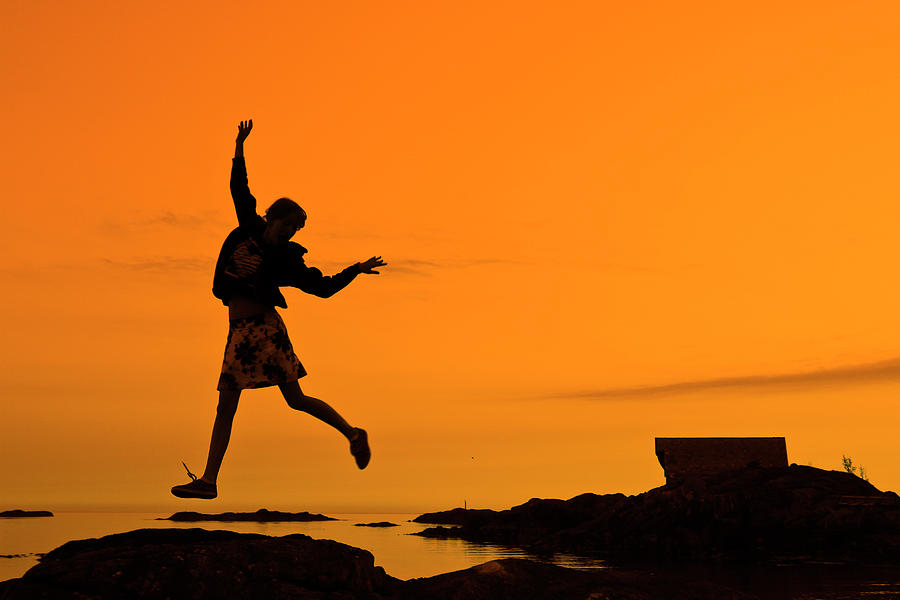 Ranversé (strong, sharp twist of the body in a large pose) - my favorite step - was not just a figure that I could perform with my arms and legs, but an expression of my back moving forward in space. Instead of striving for external weightlessness and airiness, I began to practice surrendering to the force of gravity and using the force of my weight.
Ranversé (strong, sharp twist of the body in a large pose) - my favorite step - was not just a figure that I could perform with my arms and legs, but an expression of my back moving forward in space. Instead of striving for external weightlessness and airiness, I began to practice surrendering to the force of gravity and using the force of my weight.
These qualities, which formed the artistry of a dancer, became the source of my inspiration. Thus, dance was my practice of independent and critical reflection on the goals achieved, the habits formed, on the core values and beliefs that I adhered to not only in dance, but also in those areas where I wanted to develop. It was that moment of realization that my education as a dancer and as a scientist had found common ground and had become an integral way to explore ideas about personality and well-being. The knowledge that I received as a dancer was the physical embodiment of the ideas of freedom and independence that I comprehended as a political theorist.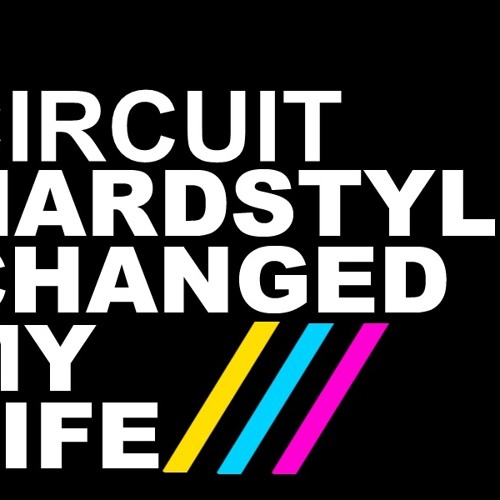 My dance experience was a daily, real, and most importantly, physical experience of what it means to be able to control someone's life, change it, and view those possibilities "as evidence of the strength, not the fragility" of our fundamental identity, as Rob Rye says of this in his book "Overcoming liberalism and multiculturalism in education" ( 2002).
My dance experience was a daily, real, and most importantly, physical experience of what it means to be able to control someone's life, change it, and view those possibilities "as evidence of the strength, not the fragility" of our fundamental identity, as Rob Rye says of this in his book "Overcoming liberalism and multiculturalism in education" ( 2002).
We learn when we try , as American dancer and choreographer Martha Graham once said. Our experiments with our abilities - whether physical or intellectual - can be much more useful than routine work and habit formation. By choosing to perform "specific sets of precise actions", we can access "achieving a sense of our being and satisfaction of the spirit" . We embody our independence and humanity.
This article was first published on April 3, 2020 in Aeon magazine under the title "How dancing helps me think, and thinking helps me dance" .
Cover prepared by Veronika Morozova | Behance
If you find an error, please select a piece of text and press Ctrl+Enter .


